Understanding how to size a belt properly is crucial for both style and comfort. The right belt size not only complements your outfit but also ensures that you are comfortable throughout the day. Unlike simply picking a belt based on what size belt you think you are, measuring your belt size ensures a precise fit. This is especially important since belts are sized not only by waist size but also by the length from the buckle to the most used hole, which allows for adjustments and ensures the belt sits comfortably without being too tight or too loose.
How To Measure My Belt Size
To accurately determine your belt size, referencing a belt size chart is a good start, but taking actual measurements will provide the best fit. First, identify where you prefer your belt to sit on your waist or hips, as this affects the size you'll need. Measure directly on your body using a flexible measuring tape or use an existing belt that fits well as a guide. Remember, the ideal belt size is usually 2 inches larger than your waist size if you measure over clothing. Accurate measurements are crucial for both comfort and the belt's longevity.
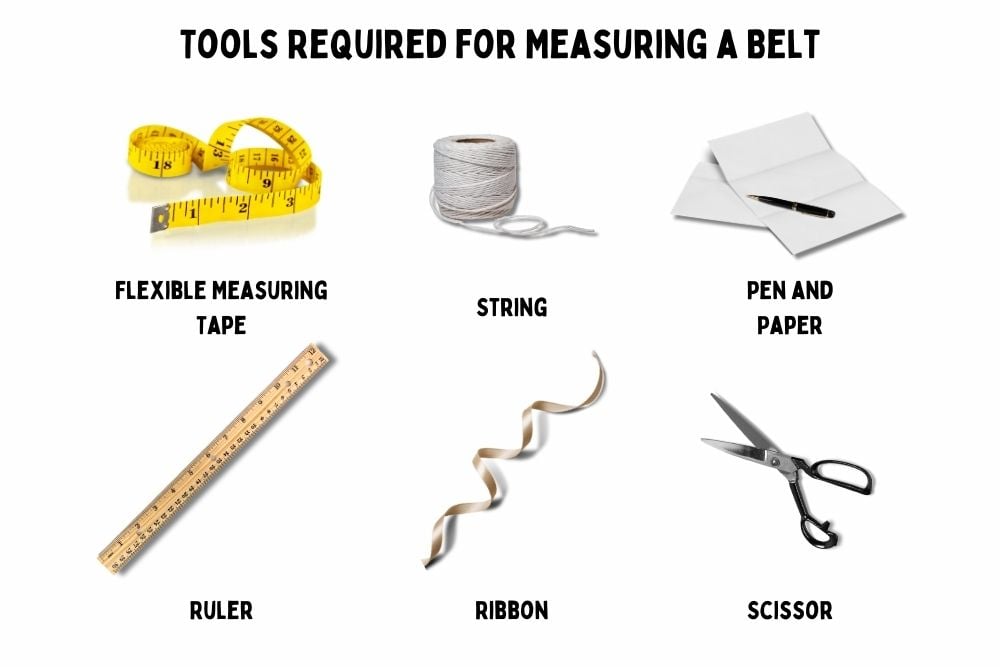

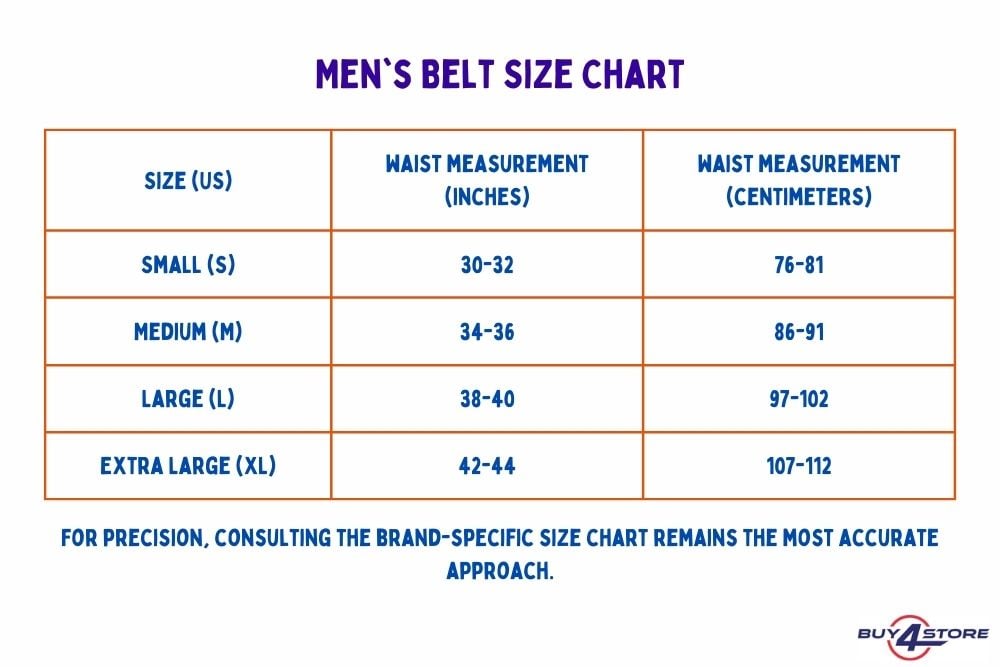

Use a Flexible Measuring Tape
- Identify Location: Determine the exact spot on your waist or hips where you plan to wear the belt, considering where your trousers typically sit.
- Measure Precisely: Gently wrap a flexible measuring tape around this point, ensuring it lies snugly without tightening and distorting your clothing's fit.
- Record Measurement: Take note of the measurement to the nearest inch. Utilizing a flexible measuring tape is recommended for its ability to accurately follow the body's contours, offering the most reliable measurement for belt sizing.
Measure with a Piece of String or Ribbon
- Wrap String/Ribbon: Use a length of string or ribbon, wrapping it around your waist or hips at the point where you would wear the belt.
- Mark Overlap: Securely mark where the end meets the rest of the string or ribbon to get the correct circumference.
- Measure Length: Stretch the marked string or ribbon along a ruler or a measuring tape to convert your measurement into inches. This alternative approach is beneficial when a flexible measuring tape is unavailable.
Ruler and Paper Method
- Prepare Paper Strip: Cut a narrow strip of paper, ensuring it's long enough to encircle your waist comfortably.
- Mark Measurement: Wrap the paper strip around your waist, marking the point where it overlaps with a pen or pencil.
- Determine Size: Lay the paper strip flat and use a ruler to measure from the end to your mark. This technique provides a makeshift solution for measuring your waist or hip size when more conventional tools are not at hand.
How To Measure Men’s Belt Size
Measuring belt sizes for men is a straightforward process that, when done accurately, ensures the belt not only fits well but also complements the overall appearance of the outfit. Given the functional necessity of belts in men's fashion—to secure pants in place and add a touch of style—it's crucial to get the right size. Here's a detailed guide to measuring men's belt sizes effectively.
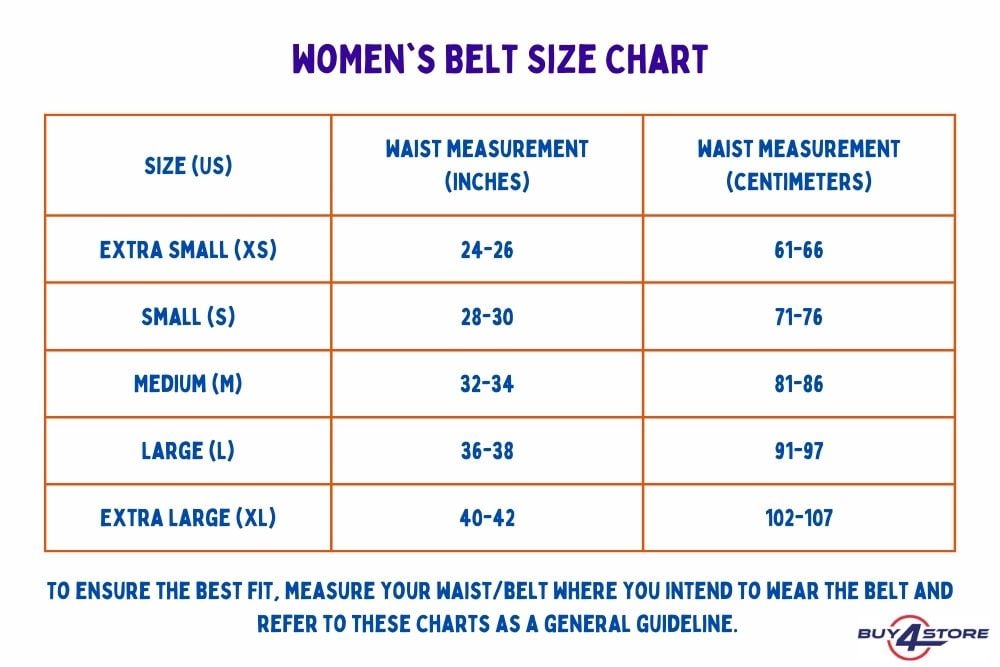

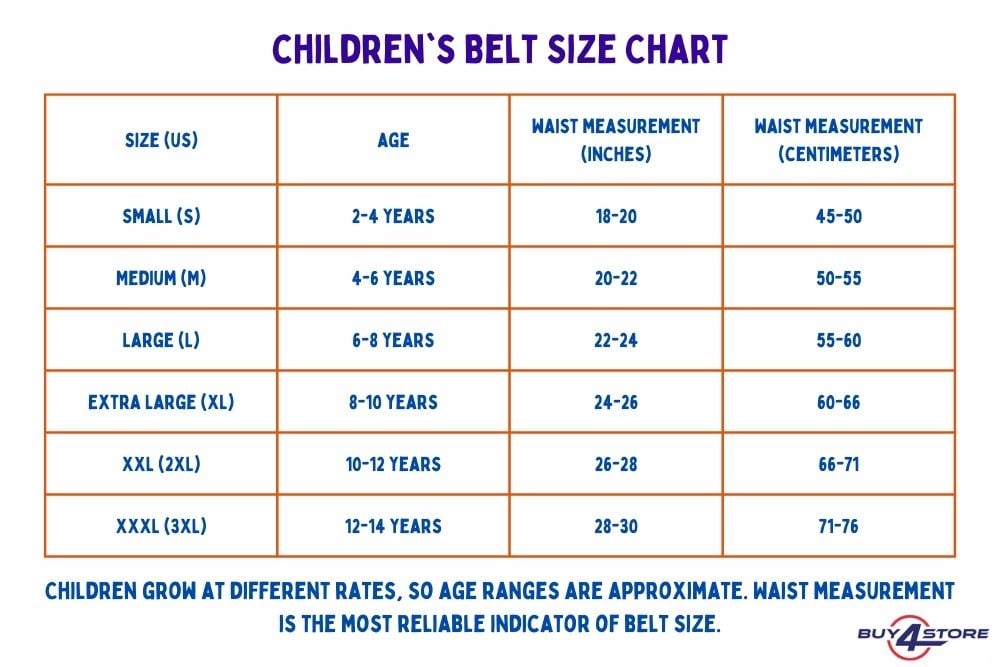

Determine Where Your Trousers Will Sit
- Identify the Waistline: Before measuring, wear the pants with which you intend to use the belt. This is because the waistline position can vary depending on the style and cut of the pants. For instance, some might sit at the natural waistline (just above the hip bone), while others may sit lower, closer to the hips.
- Understand the Fit: Knowing where your trousers sit is vital because the belt needs to go through the loops comfortably, without being too tight or too loose.
Measure Your Waist
- Use a Flexible Measuring Tape: Wrap a flexible measuring tape around your waist where your pants' waistband sits. Ensure the tape is snug but not tight, allowing you to fit one finger between the tape and your body. This ensures the belt will fit comfortably, providing enough room without sacrificing functionality.
- Note Your Measurement: Write down the measurement to the nearest inch. If you measure an odd number, round up to the next even number to ensure a comfortable fit.
Consider the Width of the Belt
- Match Belt Loops: The width of the belt is another crucial factor. Ensure the belt you choose will fit through the belt loops of your pants. Standard belt widths for men range between 1-1.5 inches. Dress pants typically require a narrower belt, while casual pants can accommodate wider belts.
- Style Preference: The width also plays a role in the belt's visual impact. A wider belt tends to look more casual, while a narrower belt is suited for formal attire.
Adjust for Belt Size
- Add 2 Inches: Typically, your belt size will be 2 inches larger than your waist size measured. This accounts for the extra material needed to go through the first belt loop after the buckle and comfortably reach the middle hole of the belt, which is the ideal spot for fastening.
- Check Manufacturer's Sizing: Always refer to the manufacturer's sizing chart if available, as some brands may size their belts differently.
By following these steps, you ensure that the belt you choose not only fits well but also suits the style of your trousers and the occasion for which it is intended. A well-sized belt is a blend of comfort, functionality, and style, enhancing the overall look of your outfit.
How to Measure Women’s Belt Size
When it comes to measuring belt sizes for women, the approach takes into account a wider variety of ways in which belts are used within women's fashion compared to men's. Unlike men, who typically wear belts solely at the waistline of their pants, women utilize belts for both functional and stylistic purposes across different parts of the waist and hips. This versatility requires a more nuanced approach to measuring belt sizes to ensure the perfect fit, whether the belt is intended to cinch the waist over a dress, or blouse, or to be worn with jeans and trousers.
The primary difference in measuring belt sizes for women lies in the consideration of where the belt will be worn:
- For Waist Belts: Women often wear belts at the natural waist to define the silhouette, especially when wearing dresses or high-waisted skirts. To measure for a waist belt, wrap the measuring tape around the smallest part of your waist, usually just above the belly button, where the belt will sit.
- For Hip Belts: When belts are worn with jeans or pants, they usually sit lower, resting on the hips. Measure around the part of your hips where your pants' waistband would sit, ensuring the tape measure is snug but not tight.
Additionally, the style and width of the belt are crucial considerations for women:
- Style Considerations: Women's belts come in a vast array of styles, from thin, decorative belts to wide, statement pieces. The intended use of the belt—whether for practical purposes, like holding up pants, or purely for fashion—will influence the size and type of belt chosen.
- Width Matters: The width of the belt is also more variable in women's fashion. A wider belt worn at the waist can significantly alter a dress's appearance, creating a more defined waistline. Conversely, a narrow belt might serve a more decorative purpose. Ensure the width of the belt is appropriate for the belt loops if worn with pants or jeans and complements the outfit's overall look.
Accurately measuring your belt size ensures a perfect fit, enhancing both your comfort and style. Whether for men or women, taking the time to measure can make a significant difference. For those in search of the ideal belt, our collection of wholesale belts offers a variety of styles and sizes to suit any preference. We encourage you to check our products and find the perfect belt to complement your wardrobe.

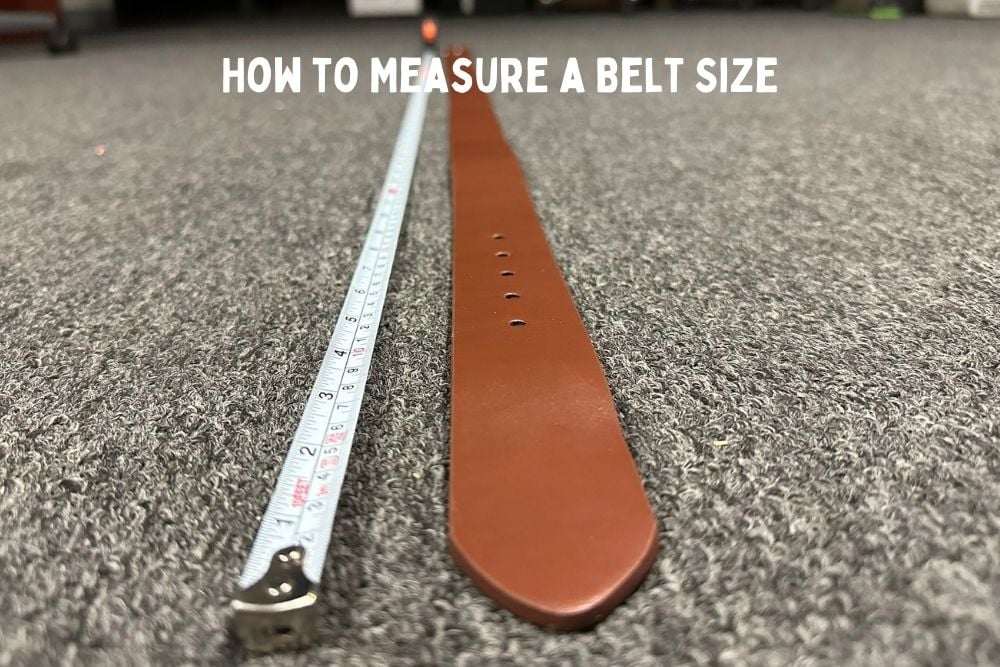
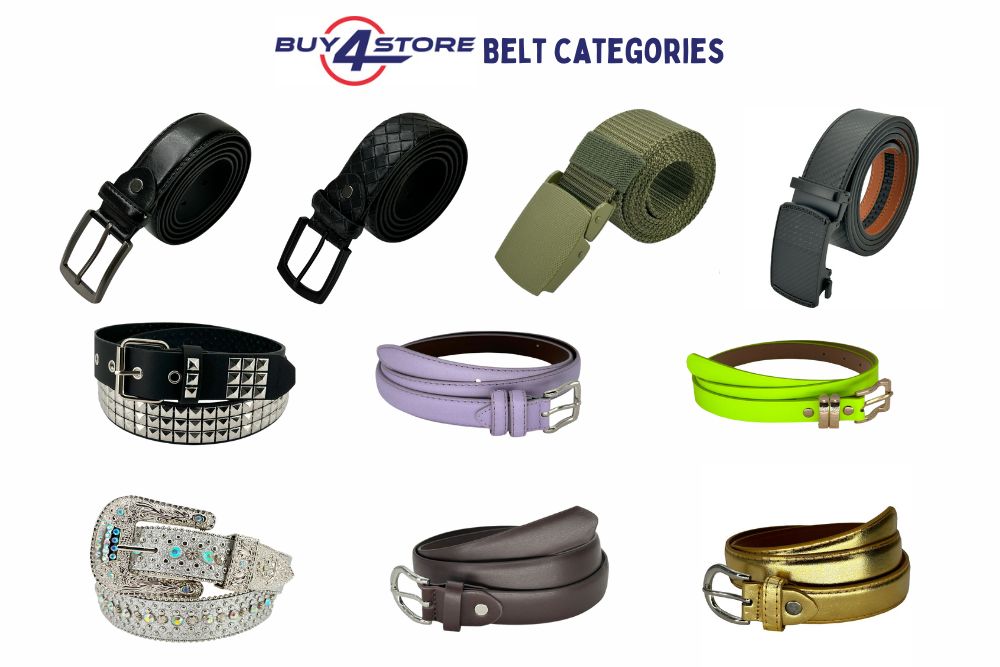


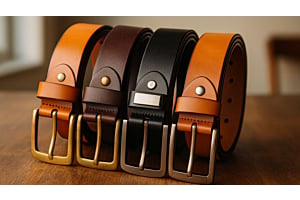


0 Comment(s)